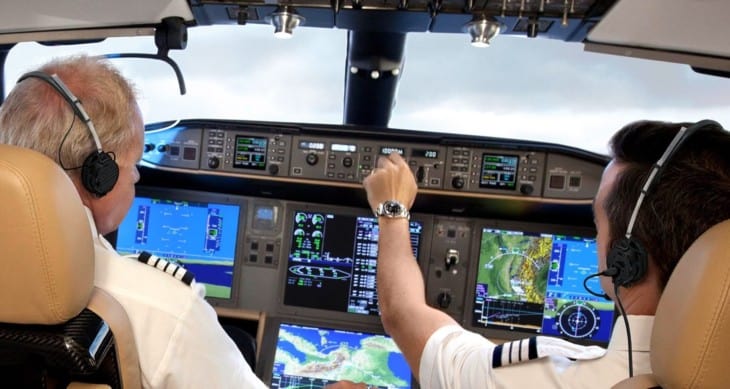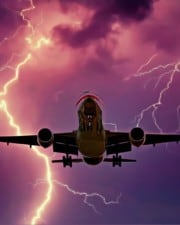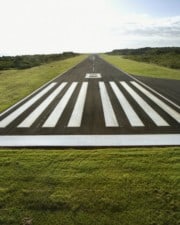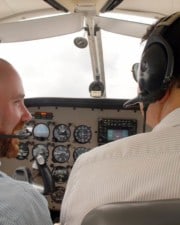There are two fundamental types of flying in the world. To greatly oversimplify it, the world of airliners and jets is instrument flying (IFR). The world of Cessnas and Piper Cubs is visual flying (VFR). But sometimes airliners fly visually, and some Cessnas fly on instruments. It’s all about the tools the pilot needs to use to complete the flight safely.
TL;DR
VFR refers to flying visually. Technically, VFR stands for visual flight rules. The term comes from the set of FARs (Federal Aviation Regulations) that a visual flight must adhere to. VFR flying is the most basic foundational flight skill, and it’s how all new pilots start.

What is the Difference Between IFR and VFR?
Pilots start their aviation careers by becoming VFR pilots. The FAA private pilot certificate is basically a course on how to be a visual pilot. Many private pilots never go on to pursue an instrument rating.
If most commercial flights are conducted under instrument flight rules (IFR), why start with learning VFR? Instrument pilots need to have a firm foundation of visual piloting skills. Many times instrument flights operate in visual conditions. They make visual descents and landings at airports in good weather all the time.
The specific rules that outline VFR flying can be found in the Federal Aviation Regulations, Parts 91.151 to 91.161.
IFR and VFR flying can be differentiated based on the following factors.
Basic Attitude Flying
To fly an airplane, you don’t need fancy instruments or digital displays. Aircraft from the earliest days of aviation had none of these things, and many didn’t even have electrical systems. Instead, the pilot flew the airplane by looking out the window and referencing the horizon.

A pilot flying visually is always looking outside. The horizon, the engine cowling, even the aircraft’s wingtips all tell a story of how the airplane is oriented in the air. Is it climbing? Descending? Turning? It’s easier than it sounds once a pilot has learned what to look for.
Learning to fly in this manner is the most basic pilot training. But once a pilot wants to get more precise in their flying or wants to operate when there is no visual reference available, then they must learn to do the same tasks using their instruments. Many pilots learn the two skills concurrently.
Instrument flying is all done inside the cockpit by referencing select instruments for specific information and then cross-checking that information with other instruments. It’s not any harder than looking out the window, but it requires practice to do it right.
Weather Minimums
Since flying under instrument flight rules gives pilots the ability to fly in and out of bad weather, it’s no surprise the VFR pilots must abide by strict weather regulations. These rules, known as the VFR minimums, include the minimum visibility and ceilings that they are allowed to fly in.
Depending on the airspace that the pilot is located in, the minimum visibility for flight is usually three or five statute miles. Pilots also need to maintain certain distances away from clouds. In Class C, D, and E airspace below 10,000 feet MSL, the plane must be kept at least 500 feet below, 1000 feet above, and 2000 feet horizontally away from clouds.
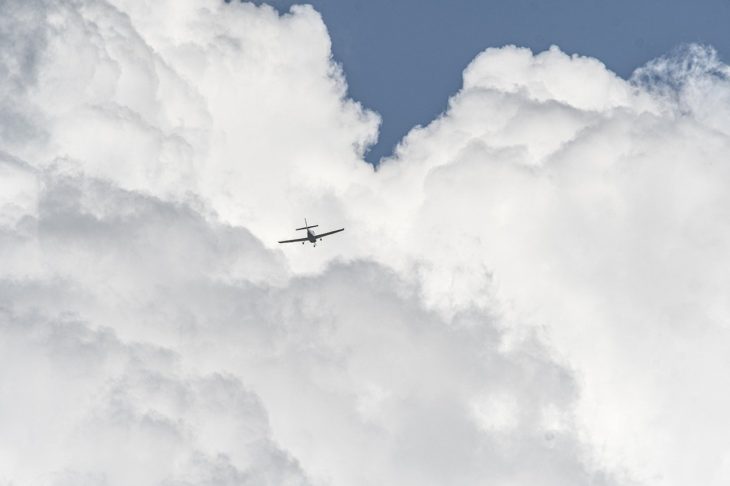
Route Planning and Structure
While a VFR pilot can undoubtedly fly in the same places and along the same routes as an IFR pilot, in truth, VFR pilots have a little more freedom. VFR pilots are allowed to fly any course they desire, so long as they have permission to enter congested airspace areas around busy airports.
VFR pilots are their own masters, and since they aren’t talking to air traffic control most of the time, they can do whatever they please. If halfway to their destination, they decide they’d rather go somewhere else, they simply alter course and change their destination.
Even when transiting areas of busy airspace or approaching major airports, VFR pilots need only ask permission. There is no advance notice required.
The only place that visual flying is never allowed is in Class A airspace, which is above FL 180, or roughly 18,000 feet MSL.
Navigation Basics
If a VFR pilot wants to fly a perfectly straight line from one airport to another, that’s what they do. An IFR pilot, on the other hand, must usually fly on established airways and routes. These routes help air traffic controllers separate aircraft, making their jobs a little easier. And since an IFR pilot must fly the clearance that air traffic control gives to them, they are more than likely going to have to fly the route that is easiest for the air traffic controller to issue. These routes aren’t always in a straight line.
When they get to the airport, instrument pilots are again limited by published air routes. Airports may or may not have published instrument approaches. Instrument flights will be limited to the airports with instrument approaches good enough for the actual weather.
A VFR pilot, on the other hand, has their choice of airports. Many VFR-only fields are dirt or grass strips. Or, in good weather, the VFR pilot can land on the same instrument runways at bigger airports that the IFR pilot uses.
Air Traffic Control Handling
If you ask an air traffic controller, chances are they will tell you a few more things that differentiate VFR from IFR planes. To ATC, there is a big difference.
Instrument aircraft may be flying in the clouds or in IMC at any point. With this in mind, it is the primary responsibility of the controllers to ensure that that aircraft is not put too close to any other aircraft. The plane does what they are told, and the controller controls every motion. What if the pilot needs to change their altitude or heading? The pilot must ask the controller first and receive a new clearance before they can do it.
VFR flights, on the other hand, are always in charge of their own collision avoidance. They must always remain alert to the outside environment and any other aircraft in their vicinity. Even if they are talking to ATC, “see and avoid” is the primary means for collision avoidance.
Is IFR Safer Than VFR?
Many people falsely believe that VFR flying is, in some way, inherently unsafe. This is just not true. But VFR flights require the pilot to be an independent thinker and problem solver.
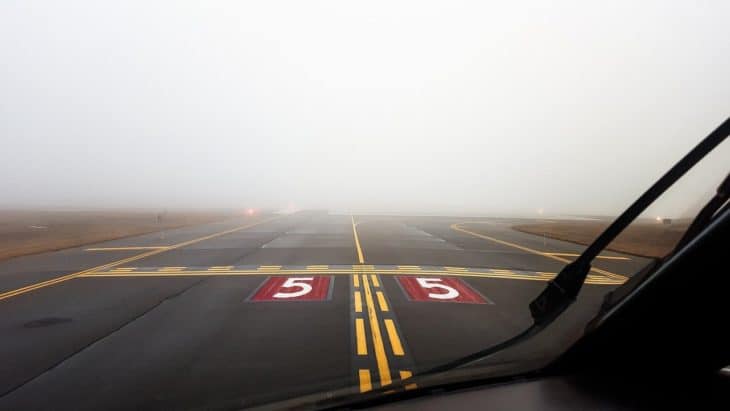
All pilots, whether visual or instrument, must use all available resources to their advantage. In some situations, like when navigating unfamiliar airspace or in low visibility conditions, flying an IFR flight is undoubtedly the safer option.
But there are times when the weather is beautiful, and the plane needs to get somewhere, and the easiest and quickest way to get it there is VFR.
Most airlines require IFR operations nearly all of the time. Each airline’s FAA-approved Operations Specifications are different, but for the most part, pilots are expected to file and follow IFR flight plans, and instrument approaches. The approved airports for each airline will generally be those airports with the best instrument approaches. Very rarely does a professional pilot in the airline world have the need for a purely visual flight.
Related Posts
